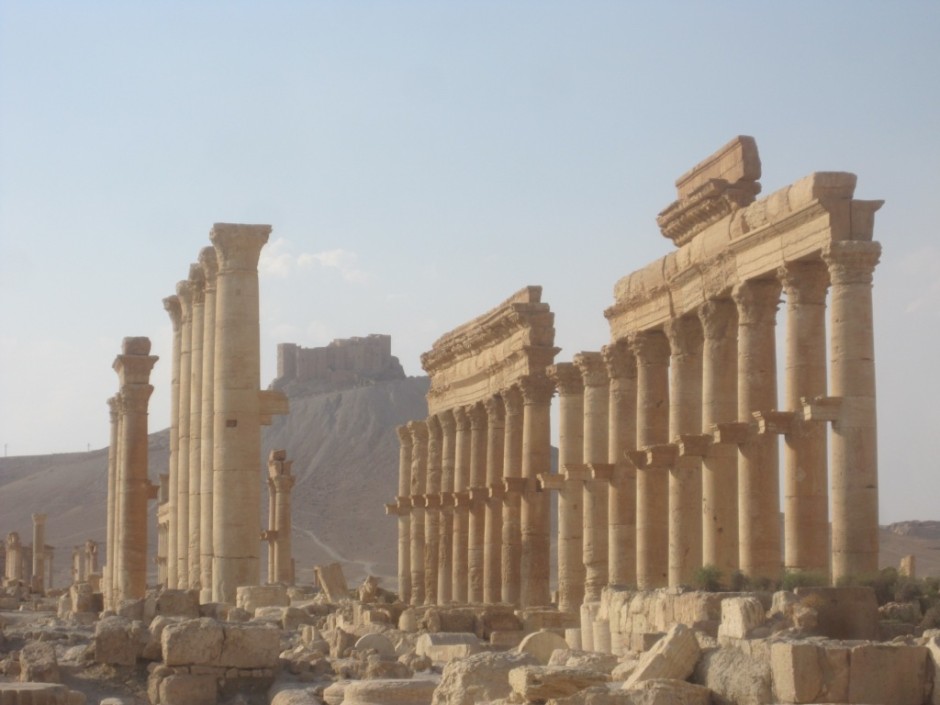When Islamic State seized Palmyra in May, it announced it had no plans to bulldoze the Syrian city’s wonderful ancient ruins, a UNESCO World Heritage site. But according to the Syrian Observatory for Human Rights — a British-based organization which has documented the four-year-old civil war in Syria in minute detail — Islamic State recently blew up the Temple of Baalshamin, one of the best-preserved structures in this magnificent complex of Roman stone buildings, monuments and statuary.
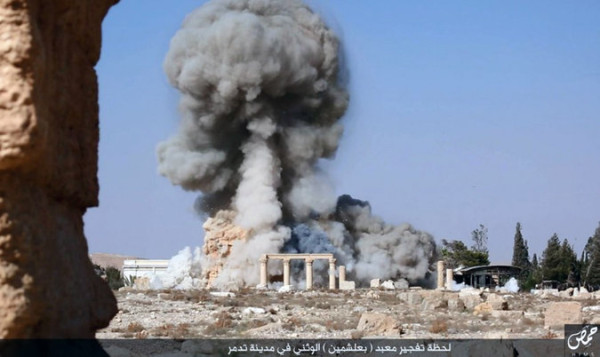
Islamic State’s rampage, fully in keeping with its nihilistic philosophy of destroying idolatrous antiquities, occurred about a week after it had beheaded Khalid al-Assad, the custodian of Palmyra’s treasures.
Assad, 83, was executed after he apparently refused to cooperate with the Sunni jihadists, who had interrogated him in a vain attempt to find important pieces from Palmyra’s archeological museum. It would appear they were removed and hidden by the Syrian government on the assumption that Palmyra would fall to Islamic State.
Having told interrogators nothing of value, Assad was reportedly dragged to a public square in the city — a major hub of commerce during the Roman Empire — and decapitated in front of a crowd. According to reports, his corpse was suspended by its wrists from a traffic light, while his severed head was placed on the ground between his feet.
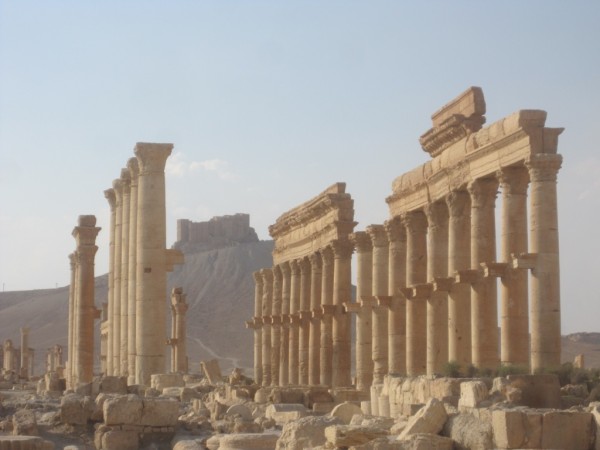
This appalling and obscene spectacle was not enough to sate its bloodthirsty appetite. Islamic State proceeded to destroy the Temple of Baalshamin, which had withstood the elements and the ravages of war for some 20 centuries. Benjamin of Tudela, a medieval Jewish traveller, visited Palmyra in the 12th century and compared it favourably to the noble ruins of Baalbeck in Lebanon.
Irina Bokova, the director general of UNESCO, the United Nation’s cultural body, was understandably unnerved by Islamic State’s outrage, describing the destruction of the priceless temple as a war crime and “an immense loss for the Syrian people and for humanity.”
This incident, so indicative of its twisted values, unfolded shortly after Islamic State razed two historic monuments near Palmyra — the tomb of Mohammad Bin Ali, a Shiite saint, and a site marking the grave of Nizar Abu Bahaa Eddine, a Sufi scholar who lived in the city in the 16th century.
Given its horrendous record, one can only wonder what Islamic State might do if it ever got its dirty hands on one of the most unusual historic objects in Palmyra — a door frame, etched with Hebrew lettering, with the four opening verses of the Shema, a Jewish prayer. In 1933, the Hebrew University archeologist Eleazar Sukenik photographed the inscription. Where it may be today, amid the vicissitudes of Syria’s unrelenting civil war, remains a mystery.
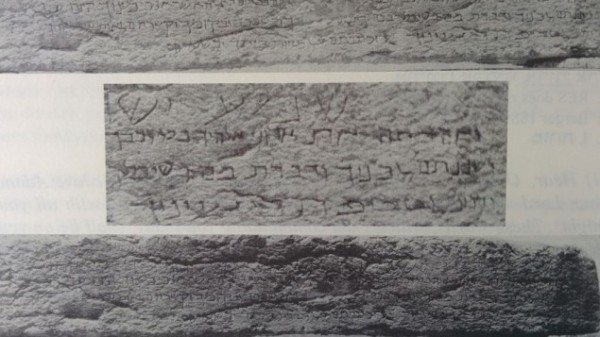
It should not be surprising that an object of this magnitude could be found in Palmyra, known as Tadmor in Hebrew and Aramaic. During the third century CE, Palmyra, with a population of 150,000 to 200,000, had a substantial Jewish community.
Islamic State’s barbarism is boundless.
In northern Iraq, it set bulldozers upon the mud-brick ruins of Nimrud and Hatra and pillaged a renowned museum in Mosul, all in the name of eradicating symbols of “infidel” culture.
And for the past two years, it has illegally excavated and sold invaluable artifacts to fill its already swollen coffers.
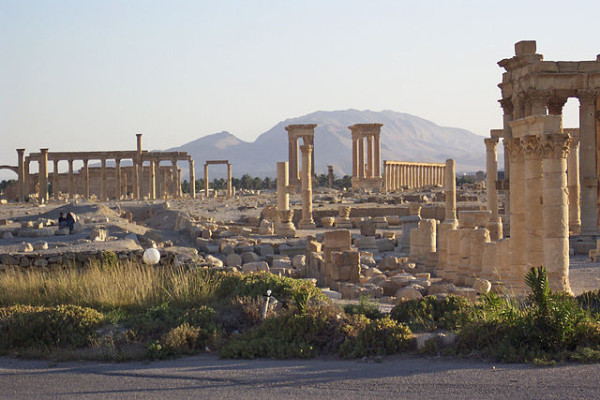
Bukova has urged the international community to unite in the face of Islamic State’s “persistent cultural cleansing.” Her plea should be taken with the utmost seriousness and urgency. Islamic State is determined to wipe the slate clean of a dazzling legacy of human achievement in the Middle East. The civilized world has begun to push back, bombing Islamic State targets in Syria and Iraq, but much greater efforts will be required if this poisonous manifestation of radical Islam is to be eradicated.
